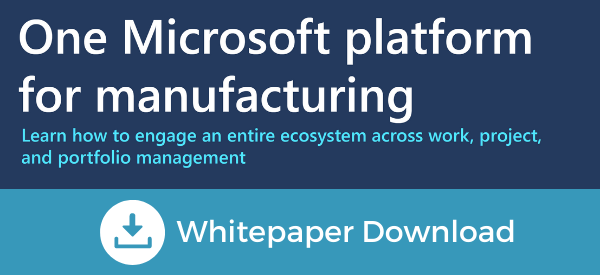Updated 03/27/2017 As the world continues to be connected, the amount of data available on networks continues to increase.

In today’s connected world, the uptake of intelligent devices in organizations and consumers has created a new market for solutions based on Machine to Machine (M2M) connectivity. As intelligence spreads into organizations, M2M connectivity will play a crucial role in driving the broader vision of the Internet of Things (IoT).
The net effect will be the blurring of boundaries between virtual and physical systems. ERP, CRM and other systems used by organizations will be seamlessly interconnected across devices, things and people.
ERP and the Internet of Things (IoT)
ERP has been the cornerstone of IT departments, allowing organizations to monitor processes before and after product sales. Modern ERP systems are coming already entrenched with technology such as big data, mobility and the cloud. Therefore, it is not surprising that the systems will be at the forefront of the next big tech movement; the Internet of Things (IoT).
As prices of communication equipment and sensors continue to drop, organizations will be able to gather information from a wide range of devices. Mobile electronics, cars, refrigerators and televisions are already a part of the IoT. In the coming years, more products and devices will be connected to the IoT.
With connectivity to the IoT, the devices will be able to send valuable information back to the seller or manufacturer. For example, a refrigerator may send a signal to the manufacturer indicating a detected malfunction. With this data, the manufacturer will be able to put measures to prevent the problem in other products in line.
In another example, an air conditioner may be able to detect when it needs maintenance and send a message to the manufacturer, who can then initiate remote maintenance service. As a result, the customer will be happier and the manufacturer can save on the cost of doing business.
Challenges of the IoT
IoT is characterized by huge amounts of data compiled from across different devices. Dealing with this huge data brings out a number of challenges such as:
i) Data Value Extraction. As ERP systems increasingly get integrated with social collaboration tools, analytics, mobile computing and cloud technologies, organizations face many challenges on exploiting the value of data.
ii) Security. The data available across the different connected devices and systems in organizations must be protected. Data centers and networks must be set up with robust security infrastructure to protect data and also ensure it is instantly available to users.
iii) Data Management and Analysis. The massive data made available from the IoT must be securely processed, analyzed and stored.
iv) Integration with IT Systems. To maximize the value of data available through IoT, the data must be accessible through critical operational systems such as CRMs, ERPs and specialist vertical applications.
v) Rapid Technology Changes. Sensor chiplets used in various supply chain processes evolve quicker than server technologies. Therefore, the existing M2M architecture must quickly adapt to fast product lifecycles at the edge of the network.
Opportunities Brought About by IoT
i) New Markets in a Connected World. Organizations that can extract full value from the data available through the IoT can take advantage of new market opportunities. The data collected by billions of things and devices can be used to deliver new services or drive innovation that can help organizations differentiate themselves from the competition.
ii) Connect Intelligent Devices. Organizations can have their supply chain systems connected to smart devices in M2M architectures. Using technologies like Java, it’s possible to have comprehensive functionality devices with the highest level of security, scalability and connectivity.
IoT for Manufacturing Organizations
Manufacturing organizations need to be cognizant of the changes taking place within ERP. Large organizations usually struggle with customer experience. However, with intelligent devices gaining the capability to provide vital information to manufacturers, customer service can be drastically improved.
Also, large organizations usually experience difficulty in providing personalized services due to their size. However, the next generation ERP solutions that are integrated with IoT like Dynamics 365 can provide insight to bridge the gap.
The IoT offers manufacturing organizations with a huge opportunity to improve their customer service and lower the cost of production for higher margins.
Clients First has been leveraging the power of ERP since 1999 in the pre-cloud days. Clients First and Dynamics 365 coupled with the IoT Azure suite can help your company innovate your products, and create a new revenue stream with connected predictive services. Reach out to us at Clients First to get a demonstration of the software.
Email: Minneapolis/St. Paul, Minnesota, or call at 877.428.7205.
Email: Dallas/Fort Worth, Texas , or call at 800.331.8382.
 The Internet of Things (IoT) and the Future of ERP Systems">
The Internet of Things (IoT) and the Future of ERP Systems">
